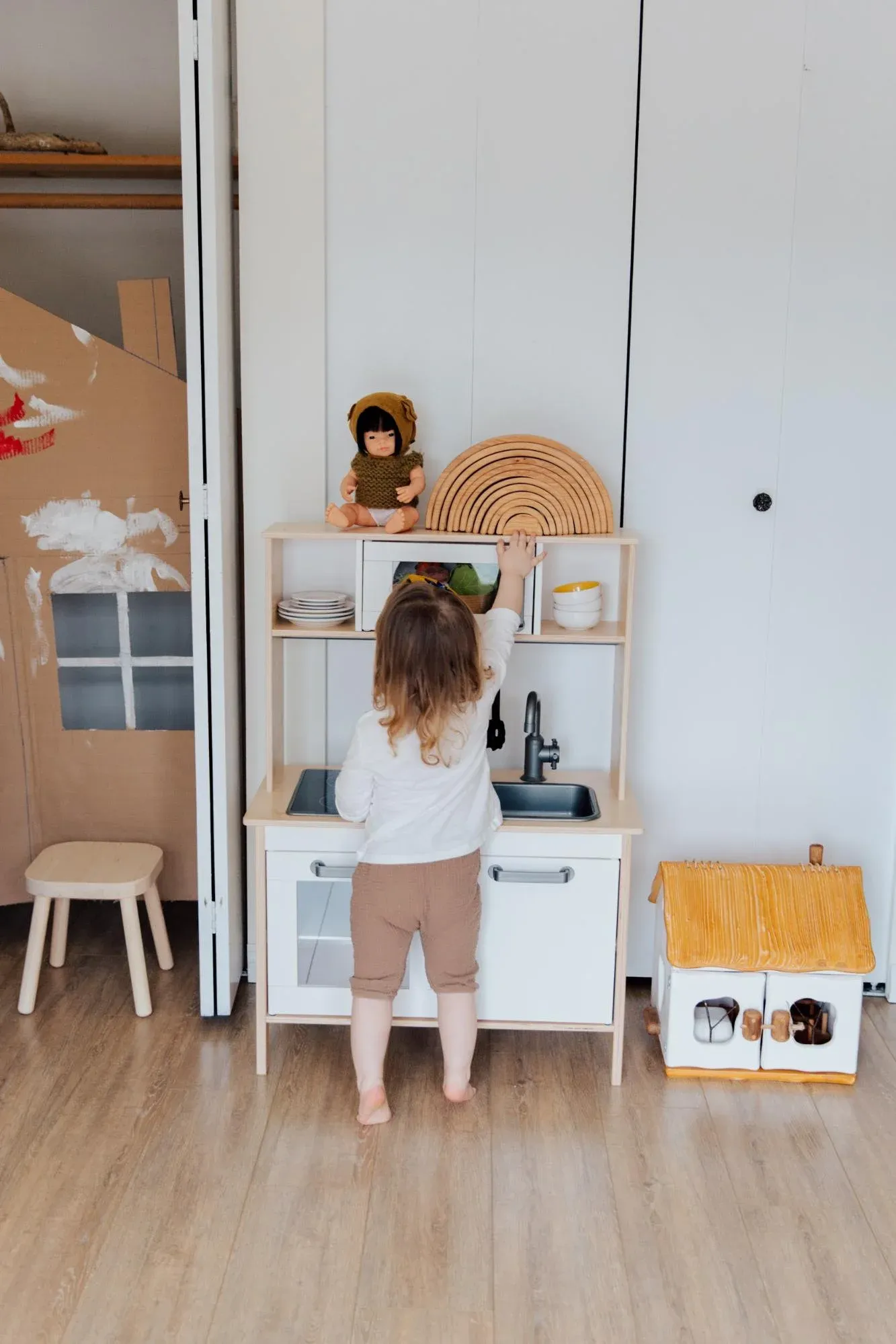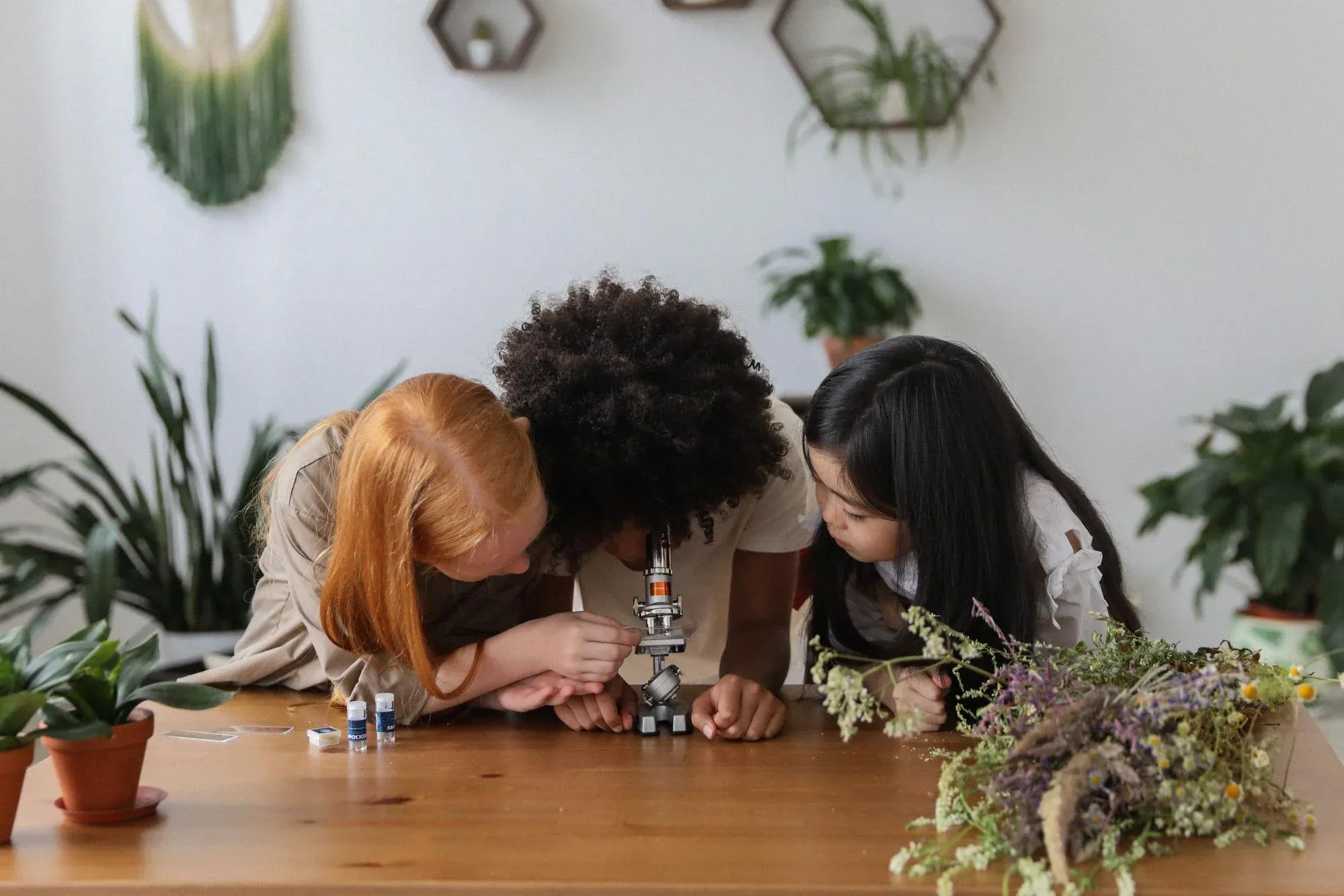Education got a lot more fun in recent years, with many teachers worldwide redesigning their lessons in the form of games. Termed "gamification," this novel approach to teaching has had immensely positive results.
Students love the role-playing aspect of games. When applied in the classroom, gamified lessons are both educational and entertaining. Because of this, the added immersion of virtual reality education has great potential to teach students even more effectively.
More than the other subjects, science education has arguably the greatest potential for gamification. Science lessons tend to be hands-on, and by turning concepts into game mechanics to be followed, students can learn them more effectively. Elements of exploration and information synthesis can easily be implemented into games, which are both vital for success in science.
In this article, we'll discuss what gamification is, how it works, what its benefits are, and how virtual reality can be used as a level up for gamified science education.
What Is Gamification?

Gamification introduces game elements and mechanics to make non-games - like lessons at school - more enjoyable
Gamification can have two meanings: it can refer to adopting games into everyday processes, or it can mean using game elements and mechanics to make non-games more enjoyable.
In the classroom, we're usually using the second meaning. Education is traditionally a non-game. When we gamify education, we introduce elements such as narrative, roles, strategy, aesthetics, and mechanics (rules of play) to make things more interesting.
Rather than being seated at a desk all day and staring blankly at a lecture at the front of the room, gamification engages students with new fervor. No longer is the math problem in front of them a challenge to solve for x - rather, it is the puzzle that must be solved to defeat the evil math wizard, Kirais. Which sounds more fun: doing homework, or going on a quest?
By gamifying subjects, students no longer see lessons as boring or tedious. Rather, the lesson becomes a fun, interesting narrative structure for them to engage with. This is well-adapted to the playful imagination of adolescents. It is perhaps unrealistic to expect that children should be all business in the classroom, since they love playing everywhere else.
Indeed, play has been shown to be one of the most important aspects of learning for adolescents, for both humans and other species. With the exploratory nature of games, confined within the structure of game mechanics, young members of many species simultaneously explore the world and synthesize and discern the most important, useful information.
Gamification of Science Education
Games naturally lead to combining knowledge to discern patterns. This makes games extremely useful for science education. The Next Generation Science Standards for education include teaching core ideas, scientific practices, and the ability to "cross-cut" knowledge across different disciplines.
Games are particularly good at teaching all three of these standards simultaneously. Games can be structured so that "winning" is founded on a firm understanding of core ideas, utilized through practices. And the exploratory nature of games is perfect for promoting crosscutting of scientific disciplines, as solving the next level may require using past concepts in novel ways.
One article proposes a fantastic way to think of it. Scientific literacy is characterized by content knowledge, procedural skills, and an understanding of the nature of science as exploratory and constantly evolving. Games are great at developing scientific literacy by implementing motivational scaffolds to engage students, cognitive scaffolds to develop reasoning abilities, and by promoting metacognition, forming connections between different knowledge bases.
Whether it's science or another subject, games imbue students with the vital skills to succeed in the modern world.
Fundamentals of Gamification: Dynamics and Mechanics
Gamifying is more than just calling an A a "master" badge, and a B a "journeyman." Instead, gamification requires implementing both game dynamics and game mechanics into lessons.
Game dynamics are the narrative and aesthetic elements that can make a lesson feel like a game. These include a narrative, with different characters, roles, and emotions, and a progression or storyline. These elements capture the imagination - and thus, the attention - of students, and engage them emotionally. No longer is it a boring lesson on the chalkboard. Now, it's a story about a friend, or a quest to defeat evil.
Game mechanics, on the other hand, define the structure of how the game is played. These can include the game's rules, scoring, and levels. Usually, the mechanics will make up most of the "lesson" side of the game - students will be required to understand a concept to succeed in the game.
By combining both interesting dynamics and useful mechanics, games are uniquely positioned to teach in a more engaging way.
Benefits of Gamification

Gamification helps students learn faster and more effectively - all while having fun!
Teachers who have gamified their lessons have had great success. Not only do students reach learning objectives much faster, but they also become eager to learn and participate in their education.
By turning routine questions and problems into quests and adventures, students become more excited about learning new material. It is important to emphasize that almost any lesson that can be taught on a chalkboard can be taught through a game. The difference is not what is taught, but rather, how it is taught.
Besides this, collaborative games can foster communication, cooperation, and in some cases, healthy competition, for students. One teacher found that using games led his students to speak three times more than usual. Students love to play, and when playing games, students feel more free to be social and active with others.
With their mechanics, games are great tools to simultaneously teach and test students. A student's score on the game is a good reflection of their understanding of the underlying principles. Because of this, games are just as useful for evaluating student performance as traditional assessments.
Last, but certainly not least, the immersive nature of games is stimulating for a student's creativity and imagination, helping them to think in new ways. This helps them develop the skill to think of the world and solve problems with unbounded novelty.
Level Up: Gamifying Virtual Reality Education

Using virtual reality to gamify education allows students to explore and discover fascinating new worlds of information
Science is founded on the creativity to synthesize fundamental principles in new ways while exploring natural processes. In doing so, new information and theories are discovered.
The immersive nature of games engages students' creativity, making games well-suited for science education. It also makes a particular kind of games, using virtual reality, especially effective.
There are always uncertainties in the lab, and particularly in research labs, the answer to a puzzle is not always known. Teaching students the appropriate way to approach scientific problems using data, experimentation, and reasoning, founded on content knowledge and connections between different disciplines, will give students the ability to think scientifically and to solve problems in creative new ways.
With interactive experiments and VR lessons, virtual reality can be used to help students see and feel like scientists. These can be used to cultivate an experimental and exploratory understanding of the world, using reasoning and trial-and-error to solve scientific puzzles.
In the real world, scientific concepts can be challenging to visualize and understand. While a student may learn how to balance a chemical reaction on paper, they rarely get to see what actually happens when they run the reaction.
In virtual reality, they do. Students can balance a combustion reaction, for example, and based on how they've balanced it, they may observe complete or incomplete combustion of a substance in the virtual world. If the game is structured such that they want to achieve the highest efficiency of combustion, they can tweak their balancing until they reach complete combustion.
Not only do students learn how to balance the equation, but they learn how to use data as a metric for their success. They also learn how to apply balancing principles to a variety of reactions, not just the one that they test.
With virtual reality education, students develop the three pillars of the Next Generation Science Standards. They develop the core knowledge of scientific subjects, the procedural approach to scientific problems, and the ability to cross-cut their knowledge of different scientific disciplines. As with all games, students also develop these skills much faster than with traditional learning methods because they are more engaged and are having more fun along the way.
Summary
Gamification has great potential to revolutionize education, particularly science education, by engaging students emotionally in their learning and by teaching them to think with purposeful reasoning.
Using virtual reality maximizes these beneficial qualities of games, and makes virtual reality education especially useful for science by developing students' abilities to creatively synthesize information to solve practical problems.
With the fast expansion of games into classrooms worldwide, combined with the technology boom for digital and remote learning observed in the past year, it is only a matter of time before VR lessons become a mainstay of science education.